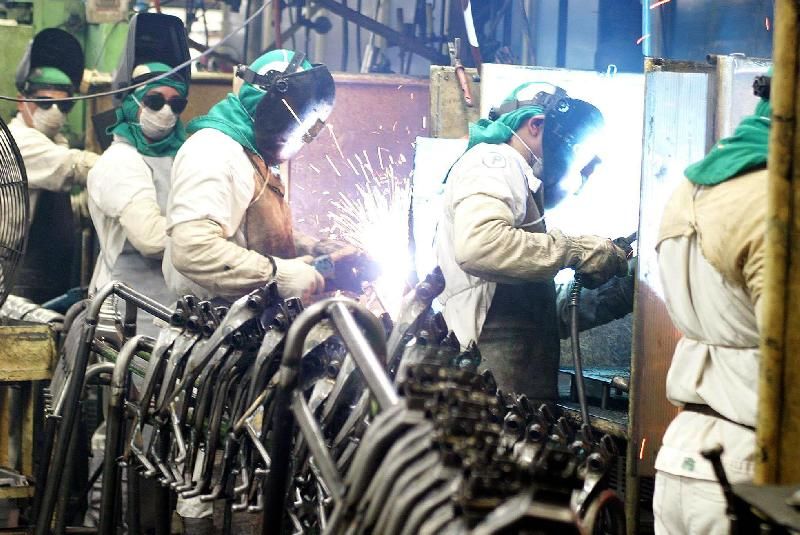RIO DE JANEIRO, BRAZIL – 2020 was the second consecutive year of losses after recording a 1.1% downturn in 2019, as a result of the measures to contain the virus. Moreover, it was the sharpest annual downturn since 2016, when industrial production fell 6.4%, according to data released today, February 2nd, by the Brazilian Institute of Geography and Statistics (IBGE).

In December, industrial production was up 0.9% over November and accumulated gains of 41.8% in eight months, which offsets the 27.1% loss recorded between March and April, the peak of social isolation to contain the coronavirus. With these results, the industrial sector stands 3.4% over the February 2020 level and closes the fourth quarter with gains of 5.1% over the preceding three months, when there was a 22.3% increase.
When compared to December 2019, production was up 8.2%. Both results were above an expected 0.2% advance in monthly variation and 6.3% on an annual basis in a Reuters survey with economists. “The industry is positive with a widespread profile, but there is much to recover. This is not only a pandemic, but something that has been occurring for some years,” said head of the survey, André Macedo.
The most recent Central Bank Focus survey shows that economists expect a gain of 5.02% in industrial production in 2021, with an increase of 2.40% in 2022.
Automotive Sector
IBGE data showed that in 2020 the greatest negative pressure came from motor vehicles, trailers and bodies, with a 28.1% contraction against the 2019 results, pressured mainly by automotive items, tractor trucks for trailers and semi-trailers, trucks and auto parts.
When comparing 2020 with the preceding year, all major categories saw a decline, particularly durable consumer goods, with a drop of 19.8% and capital goods, down 9.8%. “Both have their production dynamics closely associated with the automotive industry. In the case of the former, with the influence of automobiles, such as cars, and in the case of the latter, transportation equipment, such as trucks,” Macedo explained.
In December, three of the four major economic categories and 17 out of 26 branches researched posted gains, which according to Macedo points to regular growth in industrial production in recent months.
The main influence continues to be automotive vehicles, trailers and bodies, with gains of 6.5% in the month and accumulating growth of 1,308% in production over the past eight months. At the other end, the production of foodstuffs fell 4.4% in December over November. Among the economic categories, capital goods and durable consumer goods climbed 2.4% in the month.
After the losses observed in March and April, the industry began to benefit from very low inventories coupled with the shift in demand from services to goods.
However, the sector’s rebound, despite having found grounds in government aid measures and the easing of isolation, still hinges on the labor market recovery, which has been showing greater difficulties. The end of the emergency aid payment in December is also a concern.
“The labor market is far from rebounding. An important factor at the end of the year was the lower amount of emergency aid, which reduces the pace. This is an important factor because it has reached a good part of the population and from now on it will shape the direction of industry and economy,” said Macedo.

